Background
This subject is controversial and has generated strong views among some members of the public and even some individuals in the scientific community. This is, in no small part, due to the amount of poor-quality scientific research that has found its way into the literature over the years and that has been too often sensationalized by the media without adequate perspective or balance. Inaccurate and misleading information has been echoed on many activist websites, and the Center for Disease Control and Prevention (CDC) and others are concerned that it is seeding distrust and undermining confidence in federal health and safety standards set to protect the public from harmful levels of exposure to nonionizing radiation.
The emergence of millimeter-wave fifth-generation (5G) cellular networks into widespread usage has exacerbated the situation, attracting even more public attention and causing concern about potential health effects. While concern is to be expected, and the public is entitled to information on what is and is not known regarding such exposures, the hyperbole and misinformation (especially on some activist websites) on this subject are not helpful in enabling the public to be informed and make evidence-based decisions regarding policy.
Scope
The scope will focus on the telecommunications sector of nonionizing radiation, but there will also be information on extremely low frequencies. Optical, laser, and ultraviolet will not be addressed in this current effort. This project would take advantage of the relationships of Council members who have had previous collaborations with other expert organizations such as the Institute of Electrical and Electronics Engineers/International Committee on Electromagnetic Safety, the World Health Organization, and the International Commission on Non-Ionizing Radiation Protection. All these organizations have prepared some excellent material in this area. In addition, the advancements made in the science of risk communication would be incorporated with the assistance from PAC 7 to help with the communication of often complex and controversial topics. Some of the topics to be addressed would include issues such as the controversy and relevance of low-level nonthermal (i.e., other than thermal effects) biological effects as they relate to emissions from wireless technology and the methodology used to establishment RF safety standards. The intent is to provide an unbiased, authoritative resource for those with a need to communicate effectively about the safety of nonionizing radiation.
Membership
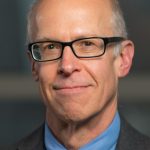
David A. Savitz
He has directed 30 doctoral dissertations and 15 master’s theses. He is the author of over 400 papers in professional journals and editor or author of three books. He has served as editor at the American Journal of Epidemiology and as a member of the Epidemiology and Disease Control-1 study section of the National Institutes of Health and currently is an editor at Epidemiology. He was President of the Society for Epidemiologic Research and the Society for Pediatric and Perinatal Epidemiologic Research and North American Regional Councilor for the International Epidemiological Association. Dr. Savitz is a member of the National Academy of Sciences Institute of Medicine. He came to Brown in 2010 from Mount Sinai School of Medicine, where he had served as the Charles W. Bluhdorn Professor of Community and Preventive Medicine and Director of Disease Prevention and Public Health Institute since 2006. Earlier, he taught and conducted research at the University of North Carolina School of Public Health and at the Department of Preventive Medicine and Biometrics at the University of Colorado School of Medicine. Dr. Savitz received his undergraduate training in Psychology at Brandeis University, a Master’s degree in Preventive Medicine at Ohio State University in 1978, and the PhD in Epidemiology from the University of Pittsburgh Graduate School of Public Health in 1982. |
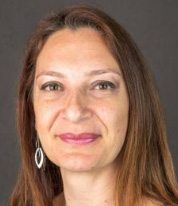
Manuela Buonanno
|
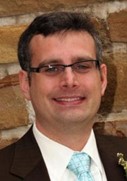
Gregory D. Durgin
joined the faculty of Georgia Tech's School of Electrical and Computer Engineering in Fall 2003 where he serves as a professor. He received the BSEE (1996), MSEE (1998), and PhD (2000) degrees from Virginia Polytechnic Institute and State University. In 2001 he was awarded the Japanese Society for the Promotion of Science Post-doctoral Fellowship and spent 1 y as a visiting researcher with Morinaga Laboratory at Osaka University. He has received best paper awards for articles coauthored in the Institute of Electrical and Electronics Engineers (IEEE) Transactions on Communications (1998 Stephen O. Rice prize), Microwave Magazine (2014), and RFID Conference (2016, 2018, 2019) as well as the third place 2020 Nokia Bell Labs Prize for “Hyper-RFID: A revolution for the future of RFID.” Professor Durgin authored Space-Time Wireless Channels (2002), the first textbook in the field of space-time channel modeling which has influenced multiple generations of commercial cellular technologies. He founded the Propagation Group at Georgia Tech, a research group that studies radiolocation, radio measurement, RFID-related technology, and applied electromagnetics. He is a winner of the National Science Foundation's CAREER Award as well as numerous teaching awards, including the Class of 1940 Howard Ector Outstanding Classroom Teacher Award at Georgia Tech (2007). He has served on the editorial staff for IEEE publications RFID Virtual Journal, Transactions on Wireless Communications, and Journal on Radio Frequency Identification. He also serves as President Elect for the IEEE Council of RFID (CRFID). He served as a CRFID Distinguished Lecturer (2015 to 2018), CRFID Vice President of Conferences (2020 to 2021), and as general/executive chair of many IEEE conferences. His educational channel on YouTube instructs viewers on engineering electromagnetics and RFID-related topics, having drawn over 10,000 subscribers and nearly one million views. He is a frequent consultant to industry, advising numerous multinational corporations on wireless technology. |

Randall N. Hyer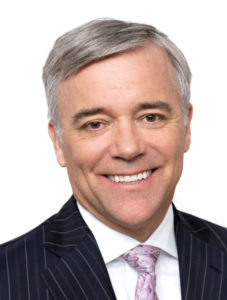
has over three decades’ experience in high-concern, low-trust public communications. He advises the National Academy of Sciences, Engineering and Medicine, lectures at Harvard University, and advises/educates both individuals and organizations on how to implement best practices in risk and crisis communication. His diverse experience covers disease outbreaks, nuclear emergencies, natural disasters, outbreak investigations, product safety concerns, reorganizations and downsizing, budget cuts, rogue employee mitigations, health hazard evaluations, and strategic communications. As the Senior Vice President for Global Medical at Moderna, Dr. Hyer helped develop, communicate, and manage the global rollout of the Moderna COVID-19 mRNA vaccine. In 2017, he was pivotal in engaging the scientific, medical and policy communities to achieve Food and Drug Administration approval of a new adult hepatitis B vaccine (HEPLISAV-B®), the first vaccine using a truly novel adjuvant. Board-certified in general preventive medicine and public health, Dr. Hyer earned his MD from Duke and trained at Walter Reed Hospital and Harvard. He received the PhD from the University of Oxford researching the genetics of juvenile diabetes. His studies won the National Institutes of Health "Outstanding Research Award for Clinical Trainees" and are widely cited. At Oxford University, Dr. Hyer founded the biotechnology company, Alpha-Plus DNA. He also served as a U.S. Congressional Fellow for Senator Pete V. Domenici (R. -NM). Dr. Hyer helped introduce legislation to safeguard genetic privacy that eventually became the Genetic Information Non-discrimination Act (GINA) of 2008. Dr. Hyer graduated with Distinction from the U.S. Naval Academy. Rising to the rank of Commander, his naval service included four major military combat operations in Europe and southwest Asia as well as three major complex humanitarian emergencies with Kosovo relief, Mozambique flood relief, and the Indian Ocean tsunami. Dr. Hyer also served as the Winter-Over Medical Officer at the McMurdo and South Pole Stations, Antarctica as the sole physician. At the World Health Organization (WHO) in Geneva, Dr. Hyer served as a Medical Officer and Military Liaison. Among other duties, he helped facilitated the WHO response to various crisis such as anthrax, Ebola, the 2003 SARS outbreak, tsunamis, earthquakes, and pandemic influenza. Dr. Hyer’s perspectives and contributions span his residing in eight and travelling to 100 plus countries in diverse roles across the public and private sectors. |
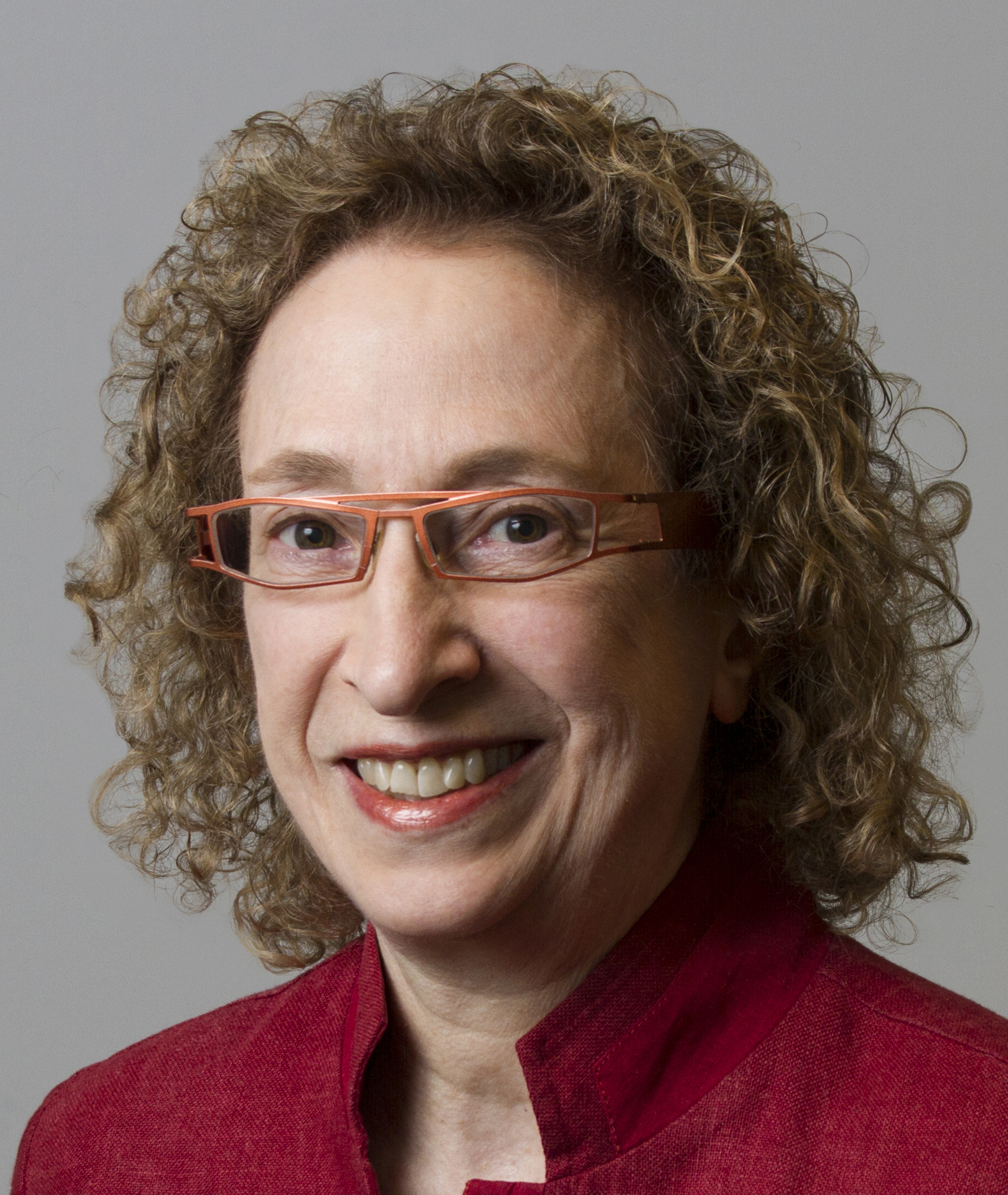
MARTHA S. LINET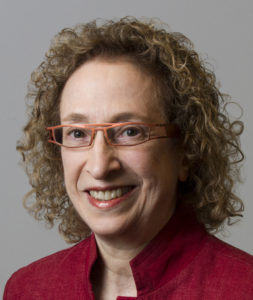
is currently an NIH Scientist Emerita since retiring in 2020 as Senior Investigator and former Chief of the Radiation Epidemiology Branch (2002 to 2014) in the National Cancer Institute. Dr. Linet’s research has focused on protracted low-dose radiation exposure and cancer risks in radiologic technologists and physicians performing fluoroscopically guided interventional procedures. She has also studied power-frequency magnetic field exposures in relation to childhood leukemia and cellular telephone use and risk of adult brain tumors. Dr. Linet is an internationally recognized expert on postulated risk factors for childhood and adult hematopoietic malignancies, including occupational benzene, medical conditions, medications, early life infections, and potential protective factors such as vitamin D and periconceptional folic acid supplements. Dr. Linet was a Council member of NCRP (2010 to 2016) serving on Scientific Committee 4-4 and is currently a Distinguished Emeritus. She was President of the American College of Epidemiology (2004 to 2005), a member of the National Academy of Sciences Nuclear and Radiation Studies Board (2011 to 2017), and has served on numerous national and international advisory groups and on Editorial Boards (American Journal of Epidemiology and the Journal of the National Cancer Institute). |
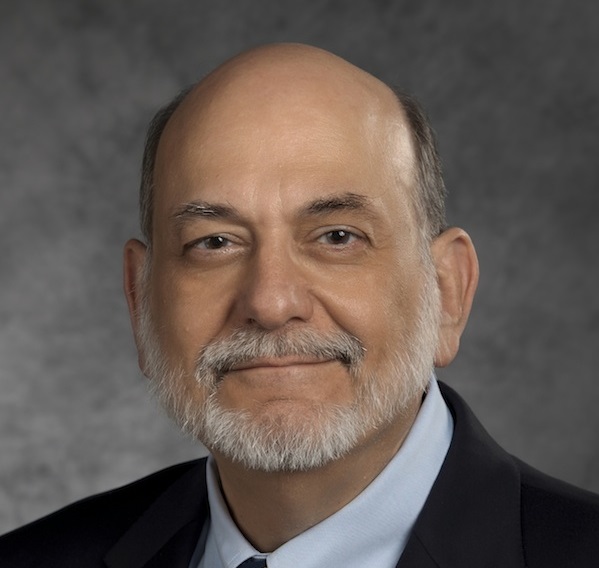
DONALD L. MILLER
Dr. Miller was elected to NCRP in 2006. He currently serves on the Board of Directors and as Chair of Program Area Committee 4 (Radiation Protection in Medicine). He is an author of NCRP Reports Nos. 168, 172, 177, 180, 184, and 185, and Statements Nos. 11 and 13. He served on the International Commission on Radiological Protection (ICRP) Committee 3 (Protection in Medicine) as a member from 2010 to 2013, and as Vice-Chair from 2013 to 2017. He is an author of ICRP Publications 117, 120, 135, and 139. He was Vice-Chair for the U.S. Environmental Protection Administration’s Federal Guidance Report No. 14, is a consultant to the International Atomic Energy Agency, and is a member of the World Health Organization’s Core Group of Experts on radiation protection of patients and staff. Dr. Miller was Professor of Radiology at the Uniformed Services University in Bethesda, Maryland from 1993 to 2012. He has served as Associate Editor of Radiology and the Journal of Vascular and Interventional Radiology and is an author of more than 200 papers in peer-reviewed journals and more than 40 book chapters and reports. He is a Fellow of the Society of Interventional Radiology (SIR) and the American College of Radiology (ACR), and an Honorary Member of both the American Association of Physicists in Medicine and the International Organization for Medical Physics. He chaired SIR’s Safety and Health Committee from 1999 to 2011 and the ACR Guidelines Interventional Committee from 2008 to 2012. His research interests have centered on radiation protection in medicine. |
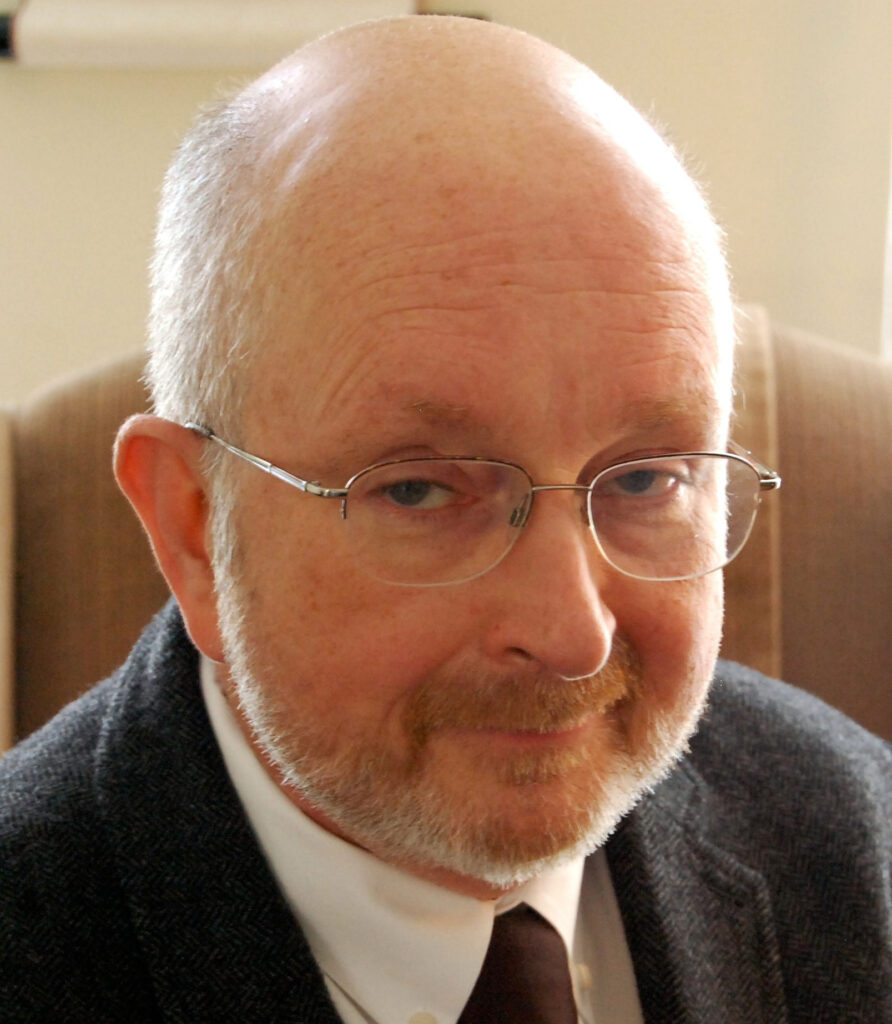
Michael D. O’Hara
has served as the U.S. Food and Drug Administration (FDA) representative on the Advisory Committee on the Medical Uses of Isotopes since November 2014. Dr. O'Hara earned his BA in biology from D'Youville College in Buffalo, an MS in Natural Sciences from the State University of New York at Buffalo, and a PhD in Biological Sciences from Wayne State University in Detroit. He completed a postdoctoral fellowship in the laboratory of Experimental Radiation Oncology at Thomas Jefferson University in Philadelphia. He remained as a faculty member at Thomas Jefferson University Medical College in the Department of Radiation Oncology. He lead research efforts investigating the impact of chemical agents that modify the thermal response of normal and malignant tissues during thermal/radiotherapy and investigated bone marrow transplantation as a method to treat osteogenesis imperfecta. Dr. O'Hara regularly taught an undergraduate course in "Health Physics and Radiation Biology," lectured medical residents, and was a member of the Institutional Animal Care and Use Committee. Dr. O'Hara moved to Cordis [a Johnson and Johnson (J&J) company] to manage the firm's radiation therapy efforts involving radioactive endovascular stents and catheter-based radiation sources. He was promoted to a J&J Research Fellow and continued to assist Cordis and other J&J companies with radiation-based therapies. Dr. O'Hara joined FDA in 2004 in the Division of Biology in the Office of Science and Engineering Laboratories within the Center for Devices and Radiological Health (CDRH). His activities included research studies involving relative biological effectiveness of ionizing radiation and the radiofrequency (thermal) / radiotherapeutic response of human tumor cells. He also served as the chairman of the Animal Care and Use Committee and has served as a member of the Center for Devices and Radiological Health (CDRH) Radiology Standards Committee, the CDRH Radiofrequency Working Group, the Interagency Radiofrequency Working group and the Health and Human Services Radiation Biodosimetry Working Group. Dr. O'Hara served the Office of Device Evaluation and the Office of In Vitro Diagnostics as an Acting Branch Chief and later an Acting Deputy Division Director. He currently serves the Office of In Vitro Diagnostics and Radiological health as one of the Deputy Division Directors of the Division of Radiological Health. This division is responsible for the pre-market evaluation, post-market medical device reporting and compliance for all radiation emitting medical devices.
|
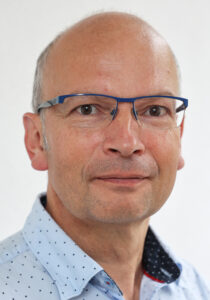
Martin Röösli
Martin Röösli received a MSc degree in Environmental Science in from the Swiss Federal Institute of Technology in Zürich in 1997 and a PhD in Epidemiology from the University of Basel in 2001. To date he is Associate Professor for Environmental Epidemiology at the Swiss Tropical- and Public Health Institute in Basel and leads the Environmental Exposures and Health Unit. His research focuses on various environmental health topics with a focus on nonionizing radiation exposure and health risk assessment. In the field of EMF he has led or was collaborator in numerous studies such as ARIMMORA (Advanced Research on Interaction Mechanisms of Electromagnetic Exposures with Organisms for Risk Assessment), CEFALO (An international case-control study on brain tumours in children and adolescents), QUALIFEX (Radio frequency electromagnetic field exposure and health related quality of life: prospective cohort study) and GERoNiMO (Generalised EMF Research using Novel Methods – an integrated approach: from research to risk - assessment and support to risk management). Currently, his research group is involved in the European Union funded projects ETAIN (https://www.etainproject.eu/) and GOLIAT (https://projectgoliat.eu/) as well as the Swiss monitoring project SwissNIS. He has served as advisor to a number of national and international public advisory and research steering groups concerning the potential health effects of exposure to nonionizing radiation, including the World Health Organization and the International Agency for Research on Cancer. Currently, he is the chair of the Swiss expert group BERENIS (Swiss Expert Group on Non-Ionising Radiation), and member of ICNIRP (International Commission for Non-ionizing Radiation Protection), of the German Radiation Protection Commission (Non-ionizing Radiation (A6) and working group 5G (A630)) and the Independent Expert Group of the Swedish Radiation Safety Authority. He was member of the Scientific Council of the European Bioelectromagnetics Association from 2009 to 2017. |
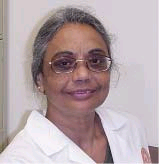
Vijayalaxmi
is a Professor in the Department of Radiology, University of Texas Health Science Center in San Antonio, Texas. After completing her PhD in Southern India, she received a post doctoral fellowship from the World Health Organization for advanced training in cytogenetics in Great Britain. She accepted the position of a senior scientist in British Medical Research Council's Human Genetics Unit in Scotland and continued to work there for 10 y. During this time, she was invited as guest scientist in the Department of Radiation Genetics and Chemical Mutagenesis in Netherlands and in the Department of Human Genetics in the University of Heidelberg in Germany. Then she moved to Switzerland to work in the Swiss Federal Radiation Research Institute for 2 y. She relocated to Memorial Sloan Kettering Cancer Center in New York for 2 y. Since 1993, she is in San Antonio focusing her research on the biological/genetic effects in animal and human cells exposed to nonionizing radiation radiofrequency fields. |

Lawrence W. Townsend
|


 is Professor of Epidemiology in the Brown University School of Public Health, with a joint appointment in Obstetrics and Gynecology in the Alpert Medical School. His epidemiological research has addressed a wide range of many important public health issues including environmental hazards in the workplace and community, reproductive health outcomes, and environmental influences on cancer. He has done extensive work on health effects of nonionizing radiation, pesticides, drinking water treatment byproducts, and perfluorinated compounds.
is Professor of Epidemiology in the Brown University School of Public Health, with a joint appointment in Obstetrics and Gynecology in the Alpert Medical School. His epidemiological research has addressed a wide range of many important public health issues including environmental hazards in the workplace and community, reproductive health outcomes, and environmental influences on cancer. He has done extensive work on health effects of nonionizing radiation, pesticides, drinking water treatment byproducts, and perfluorinated compounds.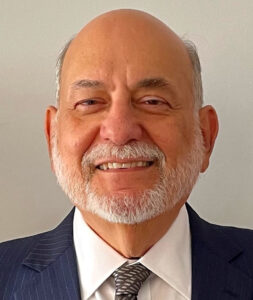 is the Chief Medical Officer for the Office of Radiological Health at the Food and Drug Administration’s (FDA) Center for Devices and Radiological Health. He earned a BA from Yale University and an MD from New York University, and completed a residency in diagnostic radiology and a fellowship in interventional radiology at New York University Medical Center. He is board certified in Diagnostic Radiology and Vascular and Interventional Radiology. Prior to joining FDA, he practiced interventional radiology for three decades at the National Institutes of Health and the National Naval Medical Center in Bethesda, Maryland.
is the Chief Medical Officer for the Office of Radiological Health at the Food and Drug Administration’s (FDA) Center for Devices and Radiological Health. He earned a BA from Yale University and an MD from New York University, and completed a residency in diagnostic radiology and a fellowship in interventional radiology at New York University Medical Center. He is board certified in Diagnostic Radiology and Vascular and Interventional Radiology. Prior to joining FDA, he practiced interventional radiology for three decades at the National Institutes of Health and the National Naval Medical Center in Bethesda, Maryland.  is the Chancellor’s Professor Emeritus of Nuclear Engineering, The University of Tennessee, Knoxville. He has a BS in Physics from the U.S. Naval Academy, an MS in Physics (experimental nuclear) from the Naval Postgraduate School, and a PhD in Physics (Theoretical Nuclear) from the University of Idaho. He served for 7 y as a nuclear submarine engineer officer. After a short stint as a Research Assistant Professor of Physics at Old Dominion University, he became a National Aeronautics and Space Administration (NASA) Research Scientist and Senior Research Scientist where his research has focused on nuclear interactions of cosmic rays and their implications for space radiation shielding and crew protection. For these efforts, he was awarded a NASA Scientific Achievement Medal. In 1995 he retired from NASA and entered academia at the University of Tennessee where he retired in June 2017. He is a Fellow of the American Nuclear Society, a Fellow of the Health Physics Society, an Associate Fellow of the American Institute of Aeronautics and Astronautics, and an elected member of the International Academy of Astronautics. In 1998 he served as the Organizing Committee Chair for the NCRP Annual Meeting and was elected a Member of Council. He was appointed as a Distinguished Emeritus Member of Council in 2010. He has served as a member of Scientific Committee (SC) 75, Chair of SC 1-7, Consultant to SC 1-24 Phase I, Staff Consultant to SC 1-24 Phase II, and Staff Consultant to SC 8-1.
is the Chancellor’s Professor Emeritus of Nuclear Engineering, The University of Tennessee, Knoxville. He has a BS in Physics from the U.S. Naval Academy, an MS in Physics (experimental nuclear) from the Naval Postgraduate School, and a PhD in Physics (Theoretical Nuclear) from the University of Idaho. He served for 7 y as a nuclear submarine engineer officer. After a short stint as a Research Assistant Professor of Physics at Old Dominion University, he became a National Aeronautics and Space Administration (NASA) Research Scientist and Senior Research Scientist where his research has focused on nuclear interactions of cosmic rays and their implications for space radiation shielding and crew protection. For these efforts, he was awarded a NASA Scientific Achievement Medal. In 1995 he retired from NASA and entered academia at the University of Tennessee where he retired in June 2017. He is a Fellow of the American Nuclear Society, a Fellow of the Health Physics Society, an Associate Fellow of the American Institute of Aeronautics and Astronautics, and an elected member of the International Academy of Astronautics. In 1998 he served as the Organizing Committee Chair for the NCRP Annual Meeting and was elected a Member of Council. He was appointed as a Distinguished Emeritus Member of Council in 2010. He has served as a member of Scientific Committee (SC) 75, Chair of SC 1-7, Consultant to SC 1-24 Phase I, Staff Consultant to SC 1-24 Phase II, and Staff Consultant to SC 8-1. News & Events
News & Events